How everyday infrastructure and street furniture can stoke human imagination — and contribute to residents’ well being.
If any good has come out of the past year and a half of the pandemic, it is the recognition that cities must dedicate more public space for people to walk, exercise and simply breathe in order to promote public health and wellbeing. The pandemic forced us into isolation, showing the general public how much we value and need physical and social connection through spontaneous interactions, and it stripped us of the moments that once provided us with structured play, such as organized sports. Open streets and outdoor dining have been two responses to the need for sociability, and have opened the door to new uses of streets and sidewalks.
We must push further, however, in order to make our cities healthier and happier: As the founder of The Urban Conga, a design studio that works with communities to weave spaces for play into the fabric of our cities, I believe we are at a crucial moment in which we can begin to invest in creating opportunities for urban play.
Play, you say? Yes, play.
Just like sociability, nutrition and exercise, play is a necessary, universal, lifelong part of the human experience and helps us to discover, explore, and empathize with others. And it can be a powerful tool to bridge divides and spark more equitable spaces in our built environment.
Read the full article on Streetsblog NYC
Author:
Recommended by Stephanie Cheung

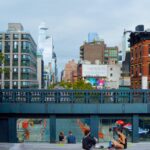
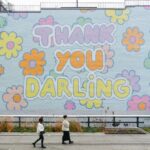
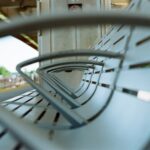

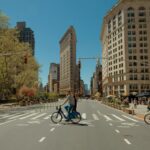
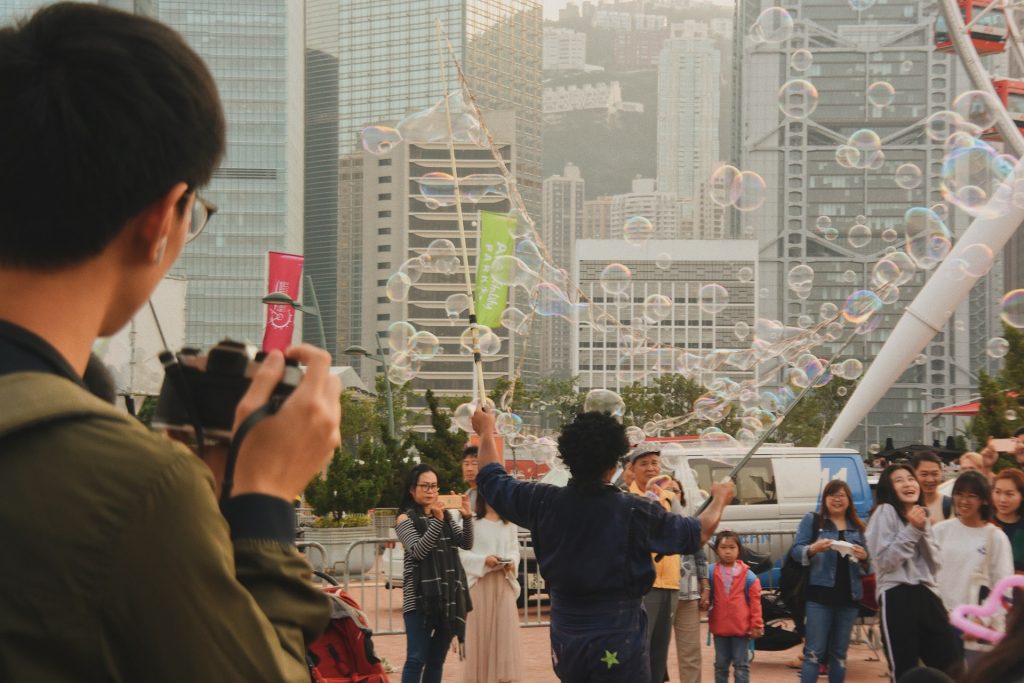
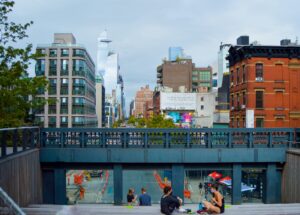
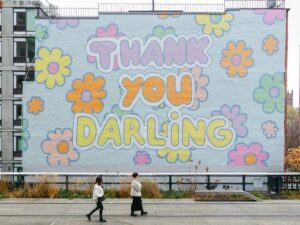
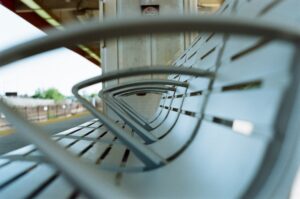

More Stories
A stealthy reimagining of urban public space by Elizabeth Diller
Security by Design: Protection of public spaces from terrorist attacks
10 years of Global Public Space Programme – Annual Report 2022 and reflections on a Decade of Public Space